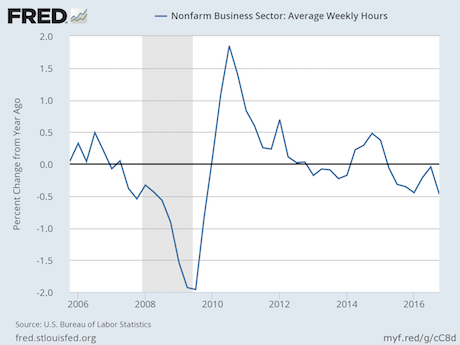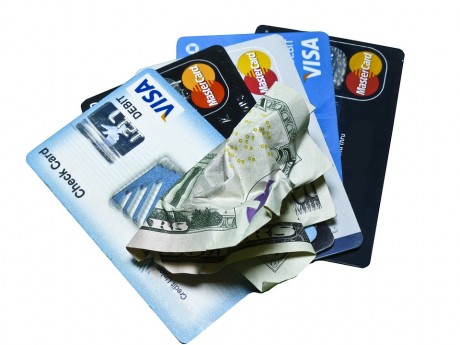 Throughout human history, those in the ruling class have found various ways to force those under them to work for their economic benefit. But in our day and age, we are willingly enslaving ourselves. The borrower is the servant of the lender, and there has never been more debt in our world than there is right now. According to the Institute of International Finance, global debt has hit the 217 trillion dollar mark, although other estimates would put this number far higher. Of course everyone knows that our planet is drowning in debt, but most people never stop to consider who owns all of this debt. This unprecedented debt bubble represents that greatest transfer of wealth in human history, and those that are being enriched are the extremely wealthy elitists at the very, very top of the food chain.
Throughout human history, those in the ruling class have found various ways to force those under them to work for their economic benefit. But in our day and age, we are willingly enslaving ourselves. The borrower is the servant of the lender, and there has never been more debt in our world than there is right now. According to the Institute of International Finance, global debt has hit the 217 trillion dollar mark, although other estimates would put this number far higher. Of course everyone knows that our planet is drowning in debt, but most people never stop to consider who owns all of this debt. This unprecedented debt bubble represents that greatest transfer of wealth in human history, and those that are being enriched are the extremely wealthy elitists at the very, very top of the food chain.
Did you know that 8 men now have as much wealth as the poorest 3.6 billion people living on the planet combined?
Every year, the gap between the planet’s ultra-wealthy and the poor just becomes greater and greater. This is something that I have written about frequently, and the “financialization” of the global economy is playing a major role in this trend.
The entire global financial system is based on debt, and this debt-based system endlessly funnels the wealth of the world to the very, very top of the pyramid.
It has been said that Albert Einstein once made the following statement…
“Compound interest is the eighth wonder of the world. He who understands it, earns it … he who doesn’t … pays it.”
…click on the above link to read the rest of the article…















